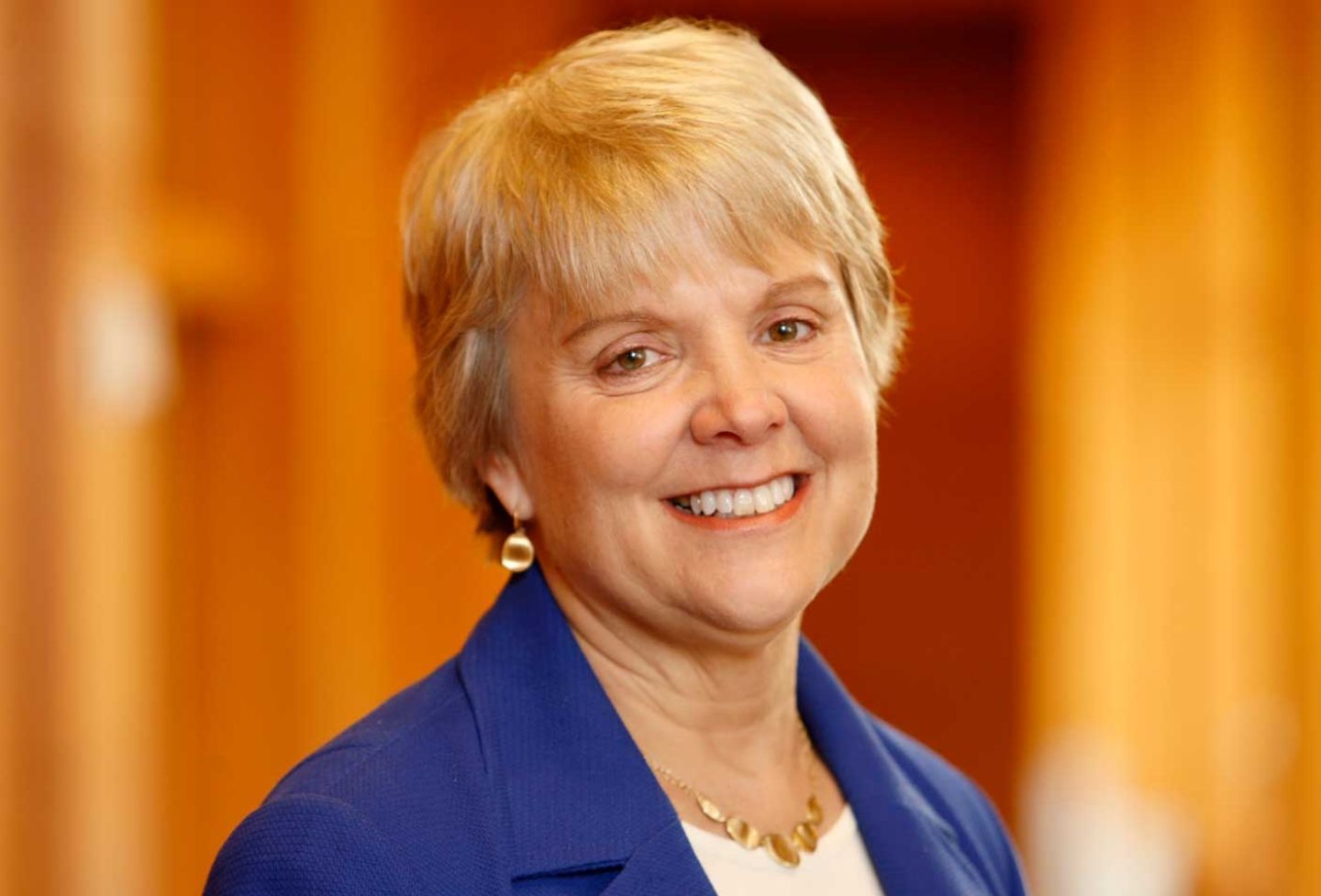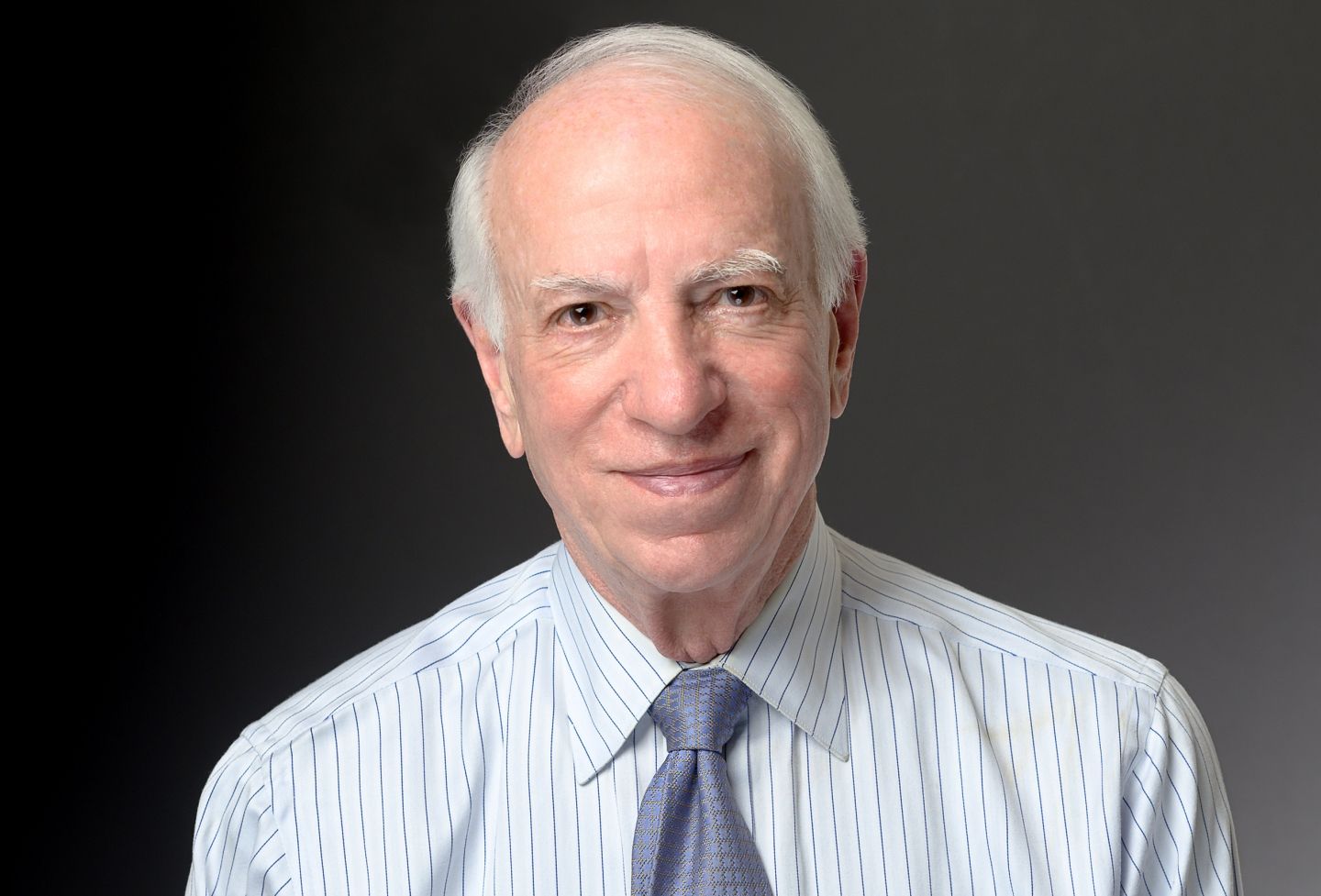Health Law Scholar Details Struggle With Schizophrenia
As both a prominent health law scholar and a former patient once hospitalized and restrained against her will during a long struggle with schizophrenia, Elyn Saks has a unique perspective on how to reform the treatment of the mentally ill.
“As I have come to say, I am very pro-psychiatry, but I am very anti-force,” she said Wednesday to a packed Caplin Pavilion.
Saks, a professor at the University of Southern California School of Law and the author of “The Center Cannot Hold: My Journey Through Madness,” delivered the 13th P. Browning Hoffman Memorial Lecture in Law and Psychiatry, outlining her compelling personal story and suggesting ways to improve the mental health care system.
Saks experienced her first psychotic episode as a teenager, and has grappled with schizophrenia since.
One day while at high school, she suddenly decided to walk home in the middle of the day. On the walk back, she was aware that shapes and colors were intensifying. Soon, she perceived that the houses were putting words and ideas into her head, informing her that she was “special” and “especially bad.”
During her years studying at Vanderbilt, Oxford and Yale, she experienced more psychotic episodes and was hospitalized several times. A British psychoanalyst suggested she try his treatment, which Saks said provided considerable relief once she began psychoanalysis.
Aside from treatment, she found that academic work and the pursuit of intellectual questions helped combat the mental disarray brought on by her condition.
“At the same time that my mind was starting to betray me, it was also becoming the source of enormous satisfaction,” Saks said. “I discovered academia. Great ideas, high aspirations, and people whose own intellectual curiosity seemed to give them a real purpose in the world… Intellectual work is clearly one of the stalwarts of my recovery, and I was lucky to discover the pleasure of that kind of work early.”
Even so, she still heard messages or commands from mysterious beings — sometimes that told her to inflict pain upon herself — and had frightening psychotic episodes. While she was studying law at Yale, she sat on the roof of the law school one night and sang nonsensical gibberish.
Saks had been on medication for her condition, but said she refused to believe that she was indeed mentally ill. Time and time again, she tried to get off the medication “with great gusto,” but “failed miserably every time.”
After her last attempt to reduce her medication, she began a new drug that quieted her symptoms more than any had before.
“The clinical result was — not to overstate it — like daylight dawning after a long night,” she said. “I could see the world in a way I had never seen it before. The illness was still there, but it wasn’t pushing me around as much as it once did. Finally, I could focus on the task at hand unencumbered by the threat of lurking demons.”
The relief helped Saks accept that she was mentally ill, an admission that proved to be therapeutic on its own.
“Ironically, the more I accepted I had a mental illness, the less the illness defined me,” she said. “It became accident, not essence, at which point the riptide that had kept sucking me in set me free.”
Saks acknowledged that policy cannot and should not be made from the suggestions of one individual case, but her position both among the mentally ill and the scholars who study mental illness puts her in a unique position to propose reforms.
First, she said, hospitals and clinics should have enough resources to treat all levels of mental illness. Even severely ill patients can be treated with enough resources, she said.
“Mine is not the story of a lone woman who overcame odds by strength of will, but the story of someone into whom enormous treatment resources were invested,” including five-day-a-week treatments, top-notch psychopharmacology, supportive friends and family, and a workplace willing to work with her, she said.
Next, Saks stressed the benefits of psychoanalysis. The treatment can be expensive and may not work for all patients, but she suggested less costly ways in which psychoanalysis could be provided, such as at low-fee clinics or through counselors.
Her other policy recommendations dealt with the use of force, something Saks said she knows from experience is rarely beneficial.
Force can be ineffective because it is an unstable solution, she said. As soon as the force is gone, there is nothing stopping the patient from reverting back to his original behavior.
The use of force is also traumatic to patients and can deter future treatment. Saks said she still has nightmares about the instances in which hospitals forcefully restrained her. In one case, Saks would not turn a six-inch nail over to the hospital staff, so an attendant wrestled it away from her.
After that, a team of doctors and nurses “slammed me down in a nearby bed with such force that I saw stars,” she said. “Then they bound both my legs and arms to the metal bed with thick leather straps. A sound came out of my mouth that I had never heard before: half groan, half scream, barely human and pure terror.”
Saks suggested doctors should help people who want to seek treatment rather than forcing them into treatment. To figure out how to do that, she recommended looking to England, a country that has not used restraints much over the past 225 years, Saks said.
New policies should be put in place to reduce the use of force, she said.
After the struggle for the six-inch nail, Saks said she was physically restrained in the hospital 20 hours a day. For the next three weeks, she was restrained between five and 20 hours each day.
“The pain and degradation of mechanical restraints can’t be overstated,” she said.
When she then transferred hospitals, even though her behavior had not changed, the new hospital did not restrain her at all. Later, while researching for a paper, Saks found that this discrepancy in procedure among hospitals was common.
“Whether you’re restrained had much less to do with who you were [and] patient characteristics…and much more to do with the ethos of the hospital,” she said.
Saks said some doctors, and much of the literature about restraints, hold that restraining patients makes the situation safer for all involved, both hospital staff and patients. But Saks contended that this was not necessarily always true. A Harvard statistician, after compiling all the relevant data, estimated that one to three people die every week as a result of physical restraints, from conditions like choking on their own vomit, heart attacks and suffocation.
To decrease the use of restraints, Saks suggested putting legal limitations on them so they can only be used in extreme situations, such as when a patient is being transported to a hospital and the driver needs to be protected. She also advocates procedurally burdening restraint use. By making it a law that doctors must check patients who are physically restrained every half hour, Saks said the frequency of use would probably decrease.
Saks’s policy recommendations are meant to increase both the safety and dignity of the mentally ill. She also wants to fight the stigma surrounding them.
“What makes life wonderful — great friends, a satisfying job, loving relationships — are just as valuable for those of us who struggle with schizophrenia as for anyone else,” she said. “For a person with mental illness, the challenge is to find the life that’s right for you. But in truth, isn’t that the challenge for all of us, mentally ill or not?”
Founded in 1819, the University of Virginia School of Law is the second-oldest continuously operating law school in the nation. Consistently ranked among the top law schools, Virginia is a world-renowned training ground for distinguished lawyers and public servants, instilling in them a commitment to leadership, integrity and community service.


